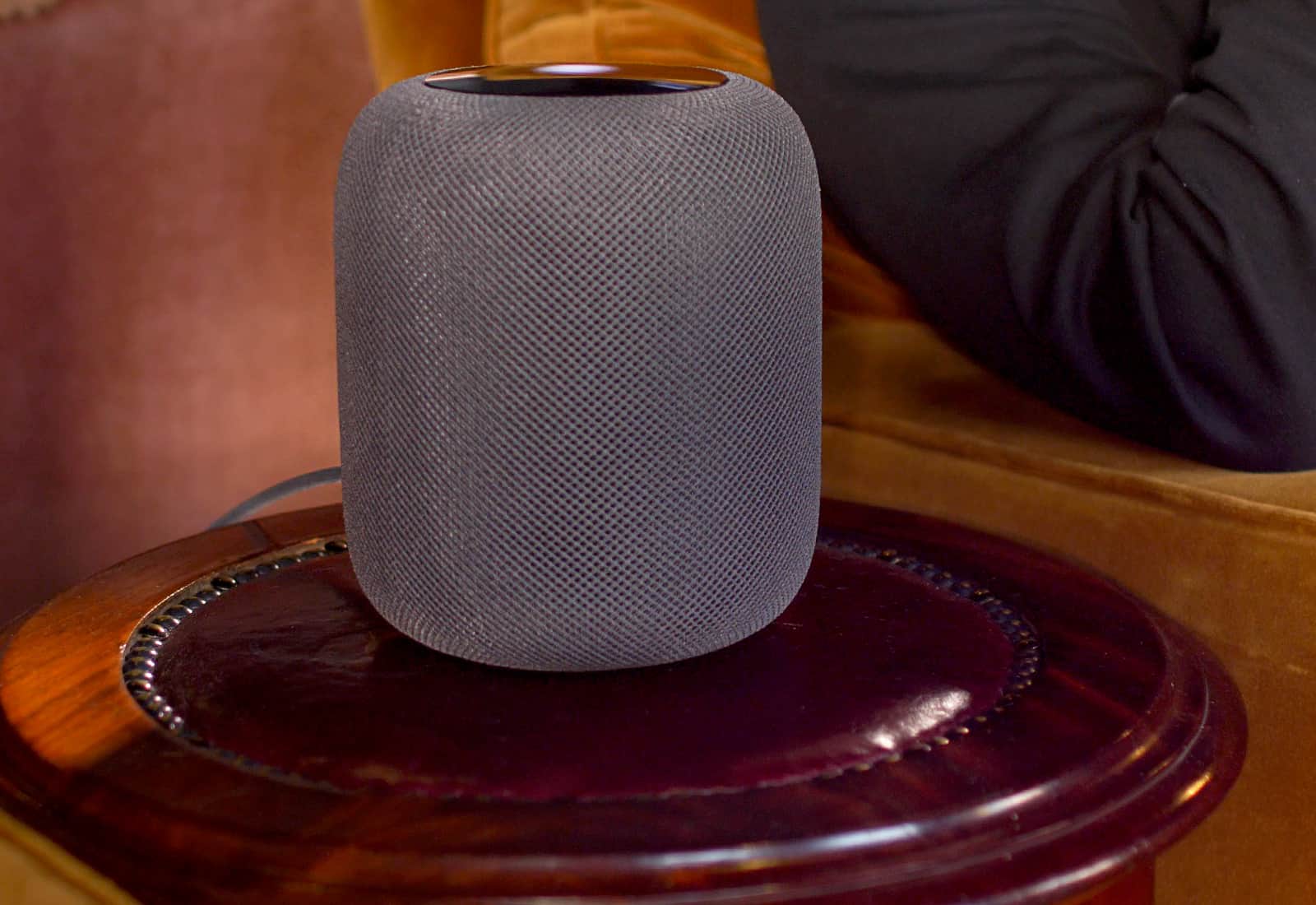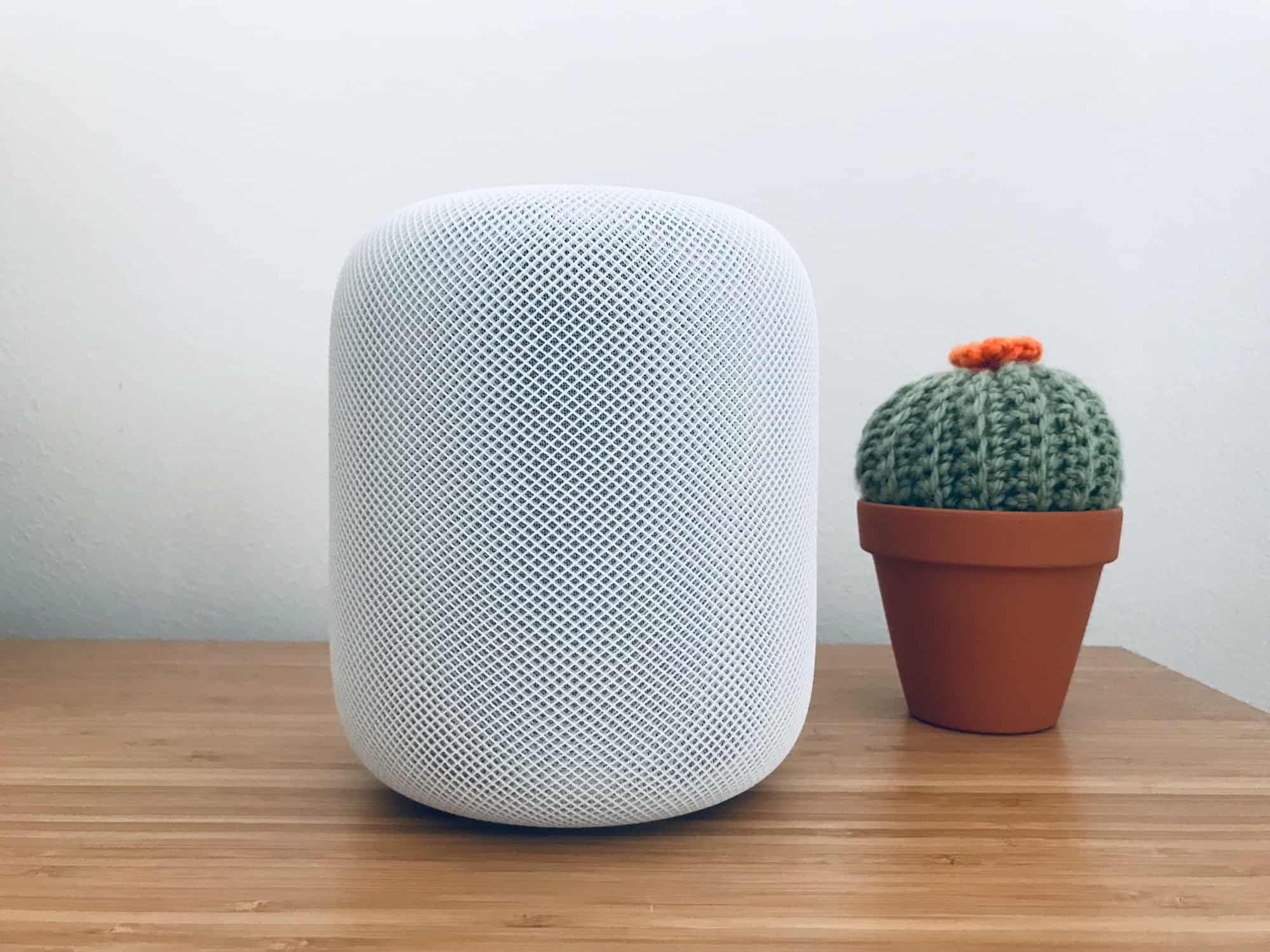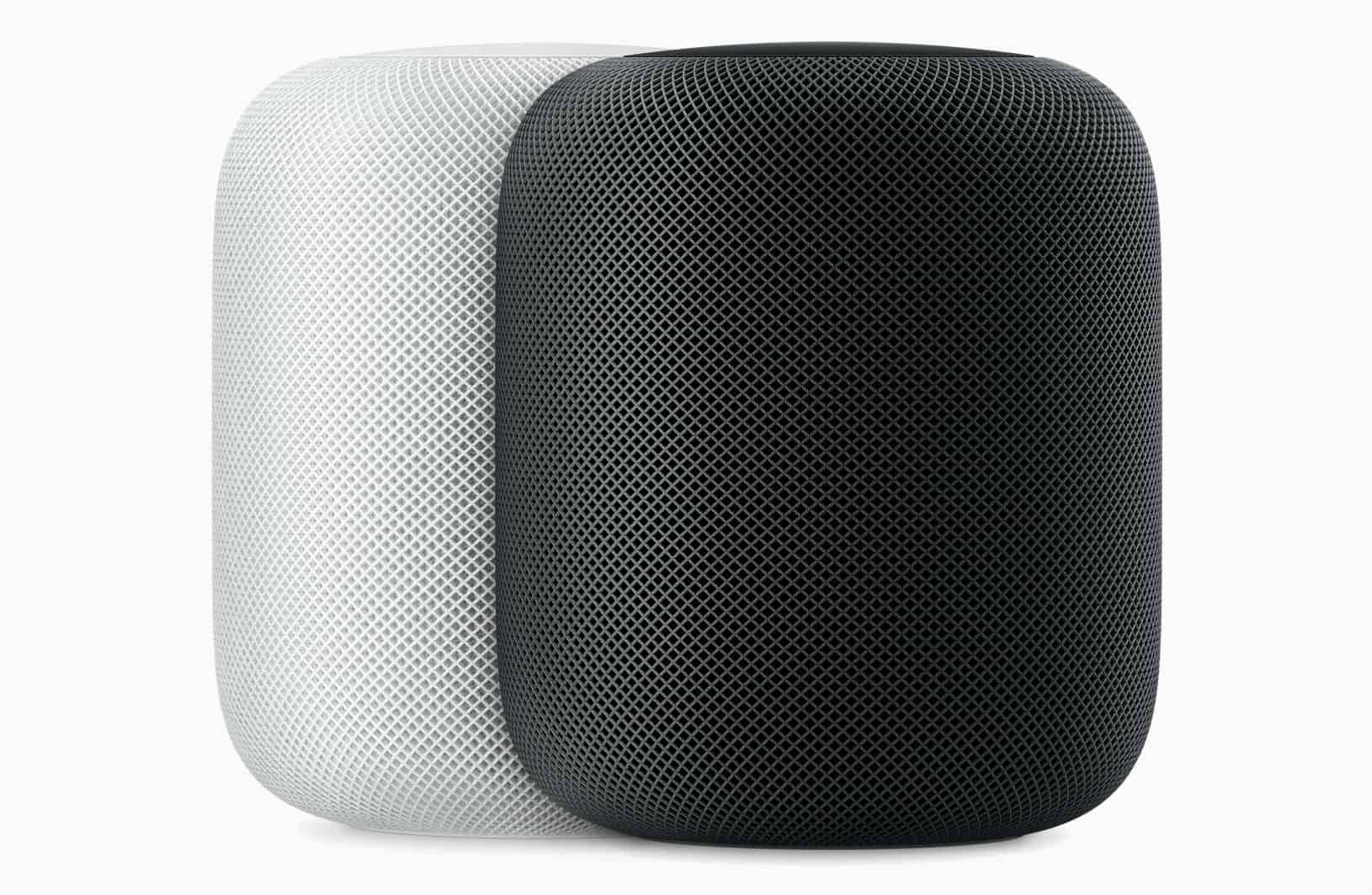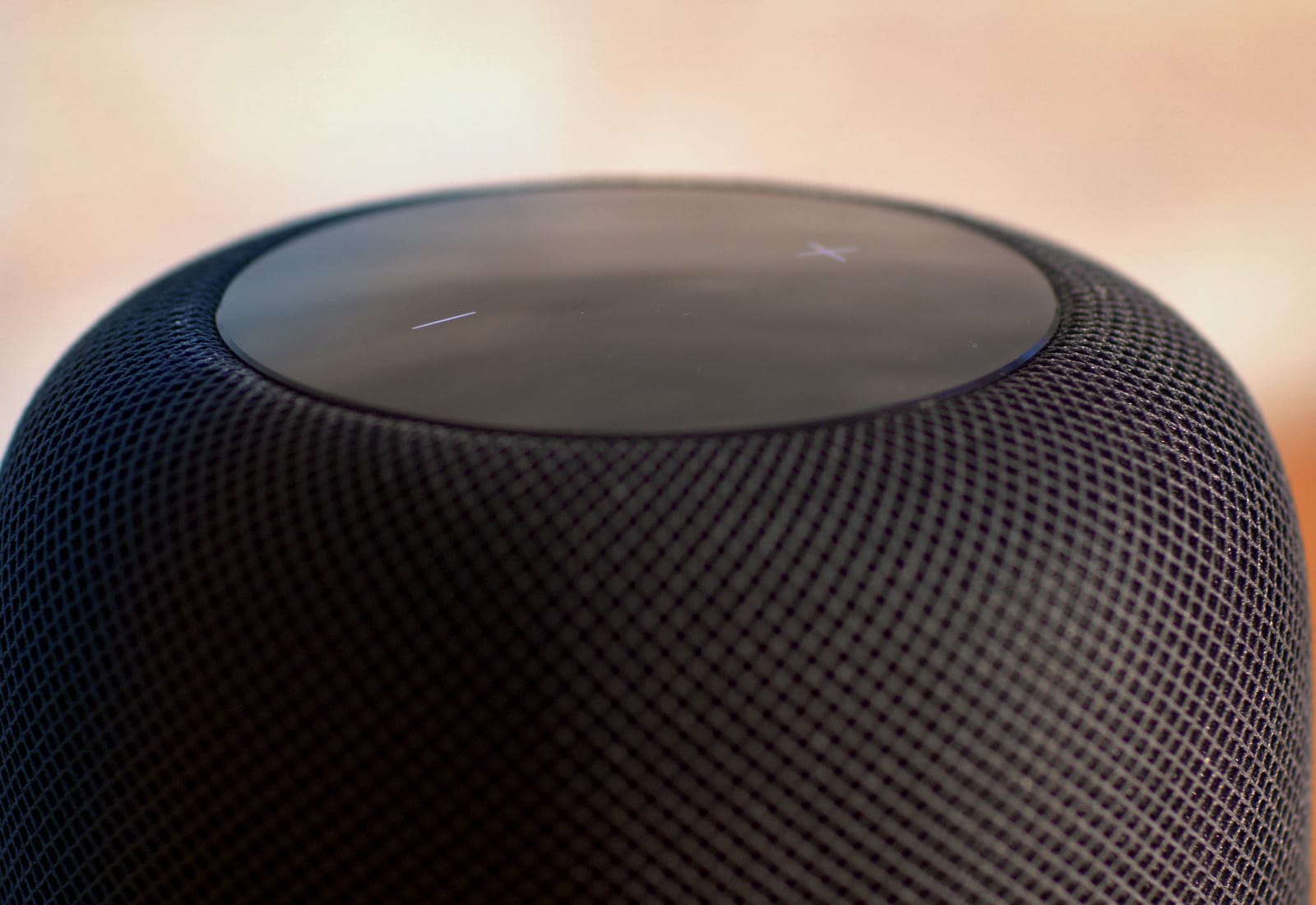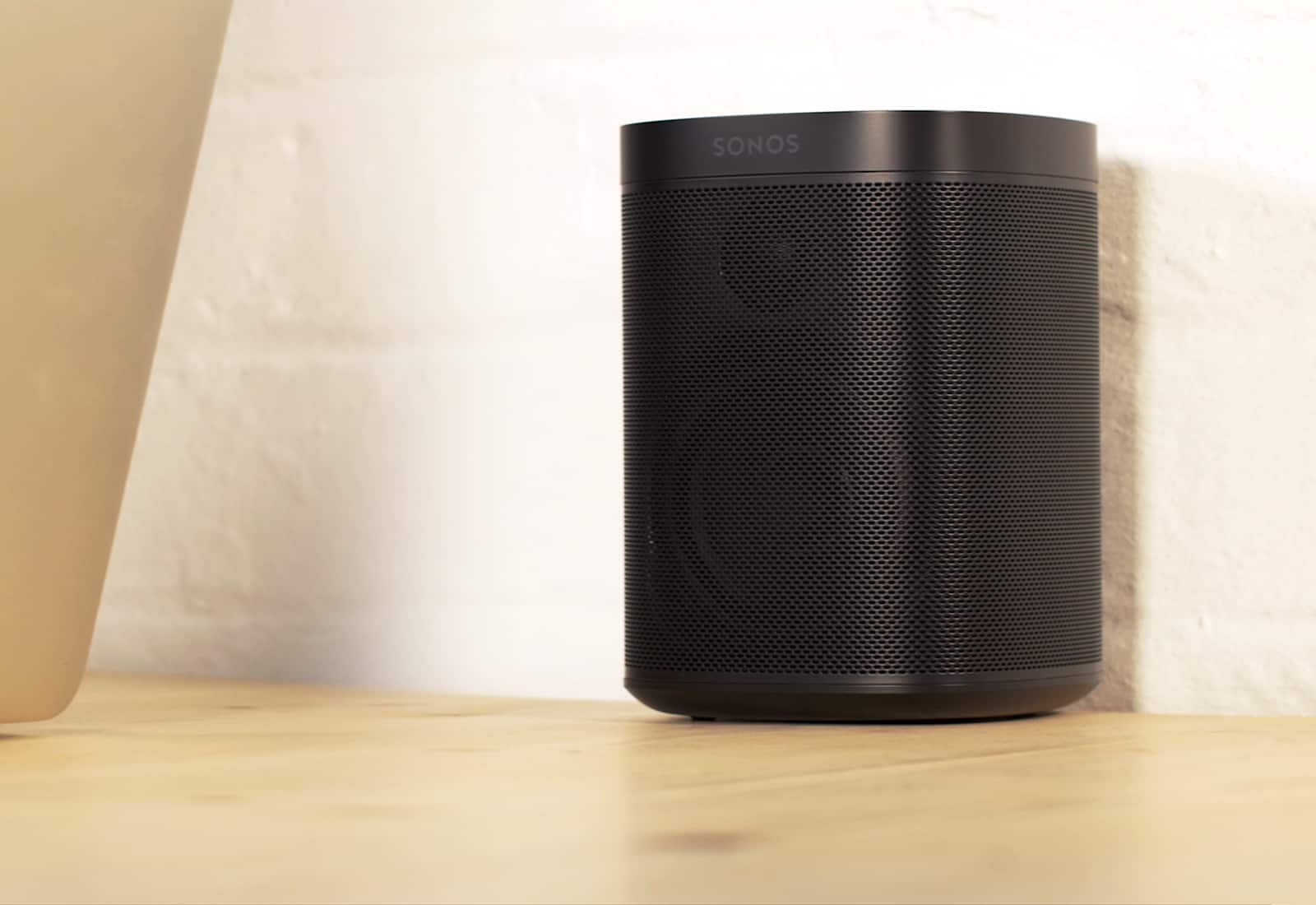A new leak indicates Sonos will release its new Sonos Era 100 and 300 smart speakers in March with a slew of features that challenge Apple’s recently relaunched HomePod.
Of the two new Sonos speakers, the pricier Era 300 features a version of spatial audio. Both support Bluetooth, Wi-Fi and USB-C line-in for versatile connectivity. The Era 100 is likely to replace the much-liked Sonos One, launched in 2017.
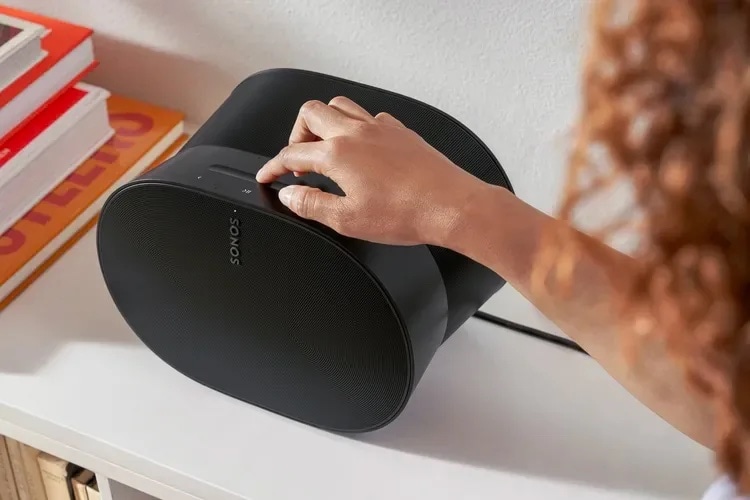
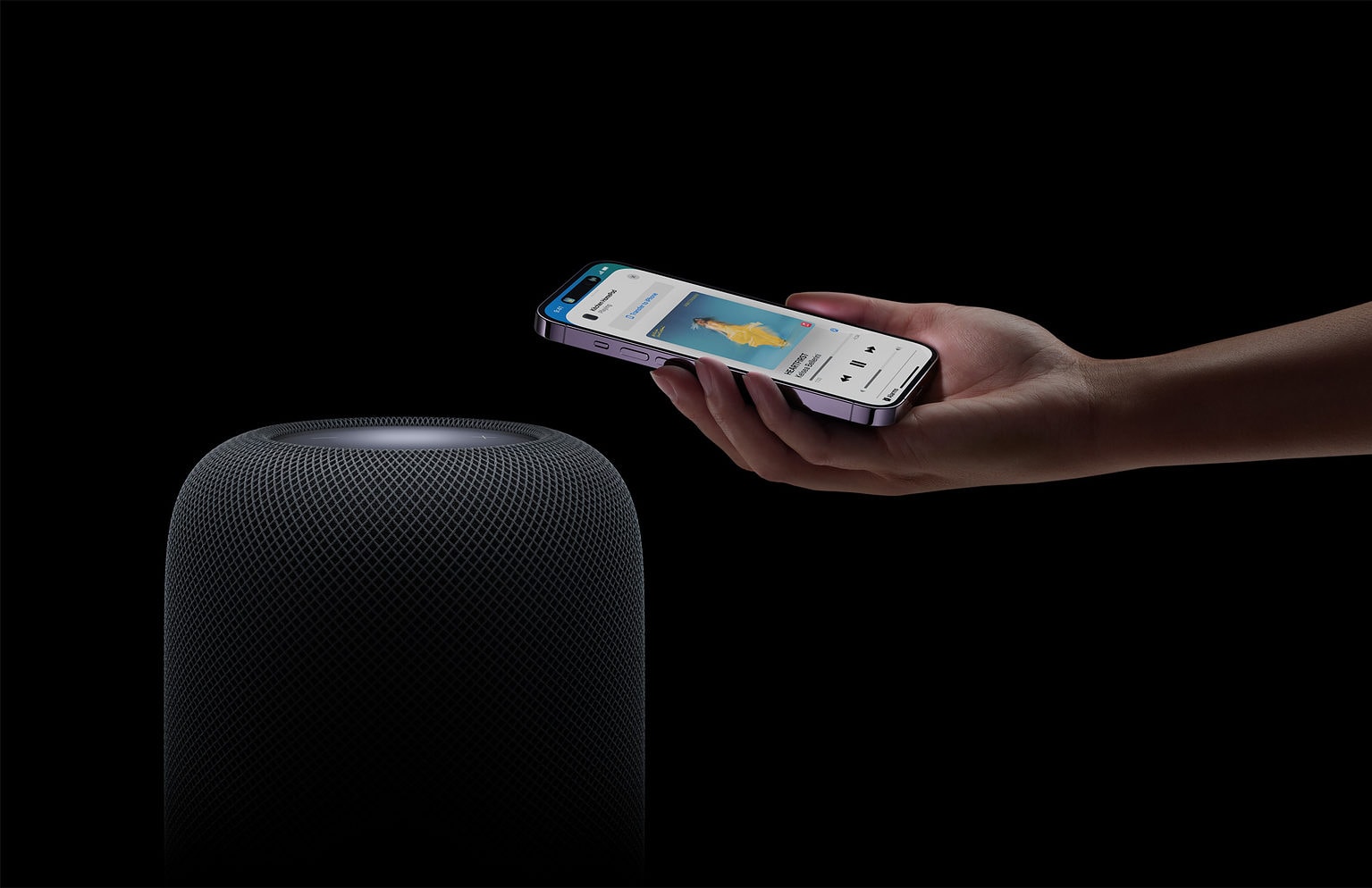
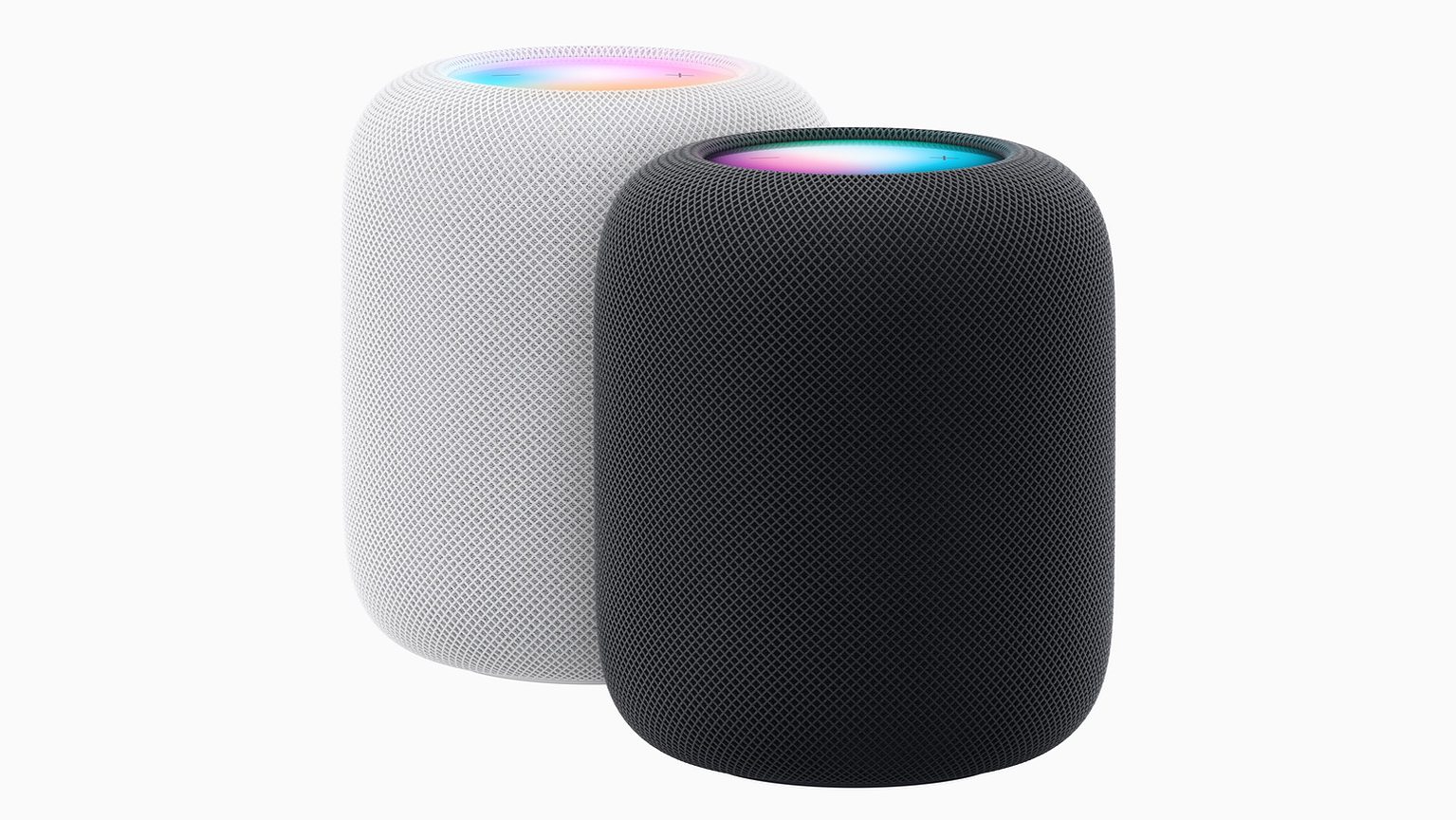
![Edifier AirPlay 2 smart speaker looks good and sounds better [Review] ★★★★☆ This handsome speaker offers high-quality sound at an attractive price.](https://www.cultofmac.com/wp-content/uploads/2022/10/Edifier-MS50A-1536x1152.jpg)
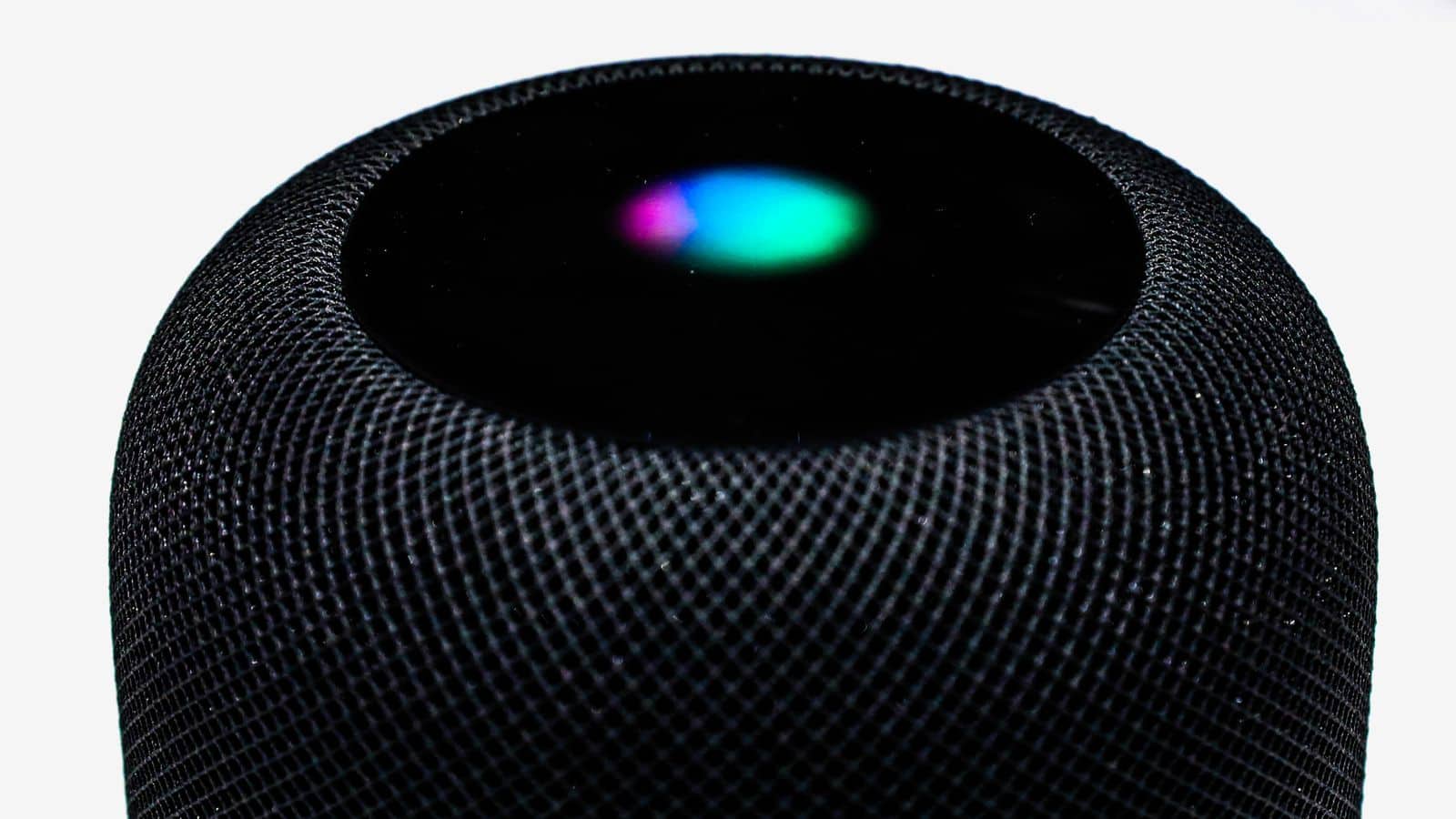
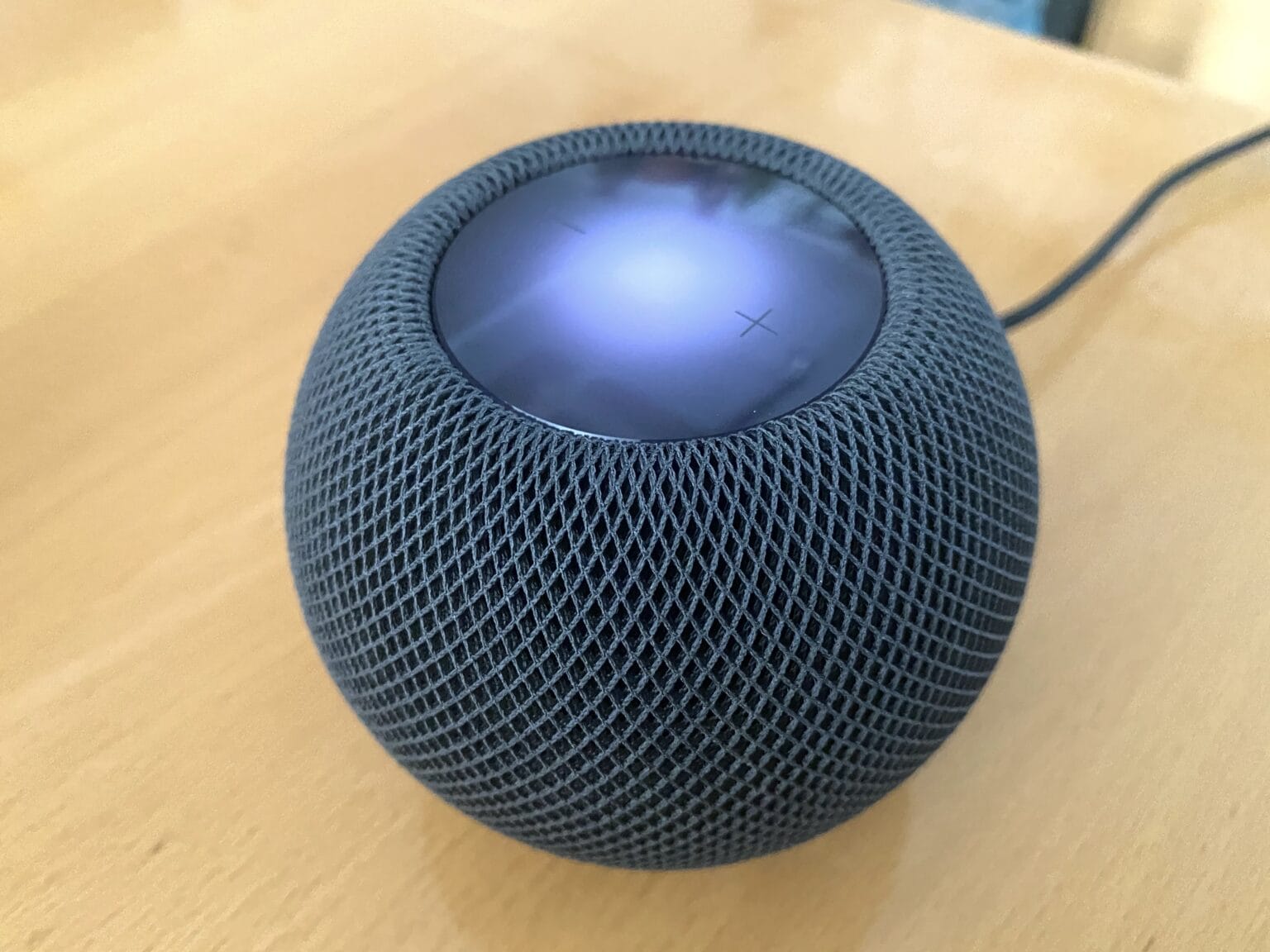
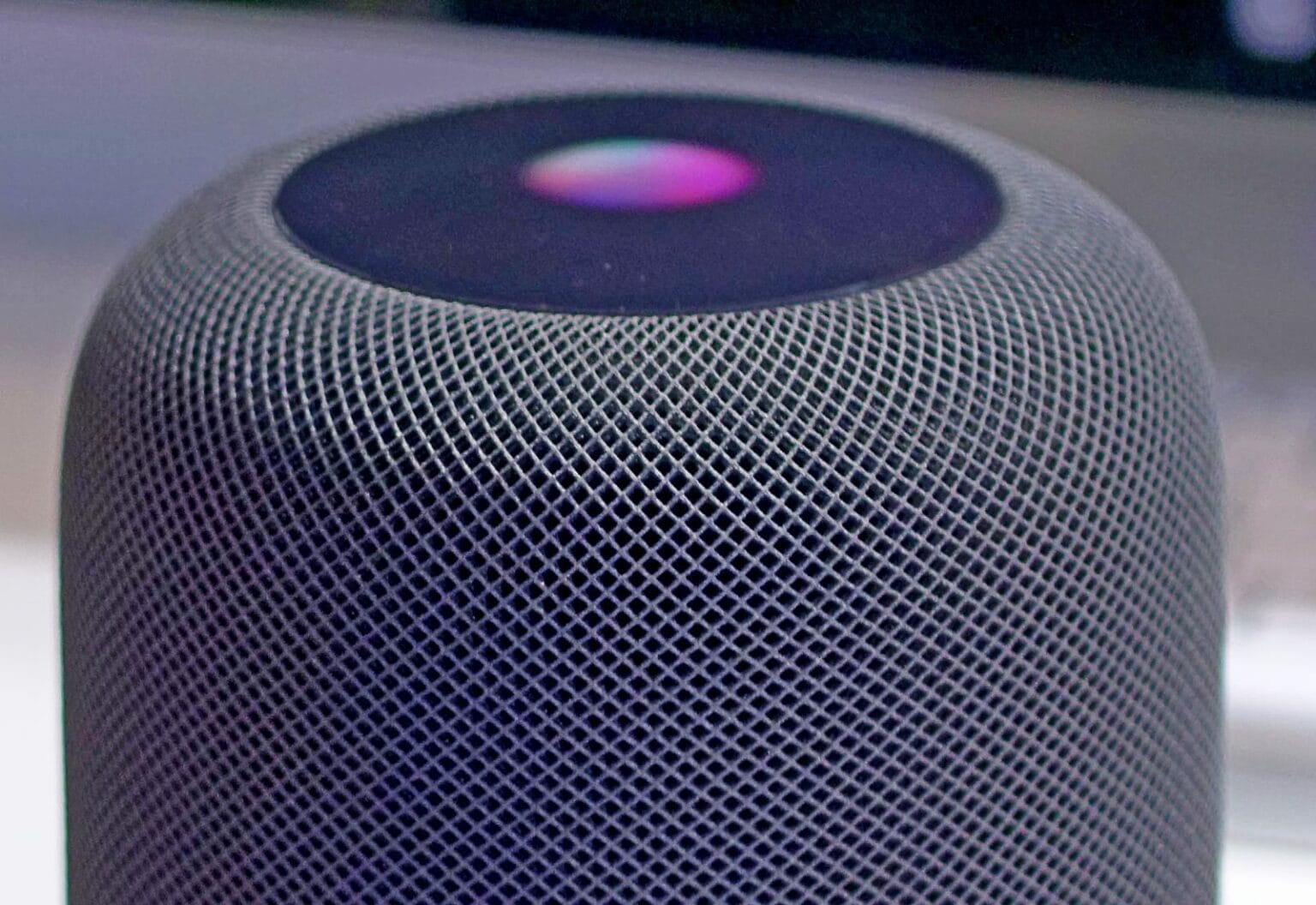
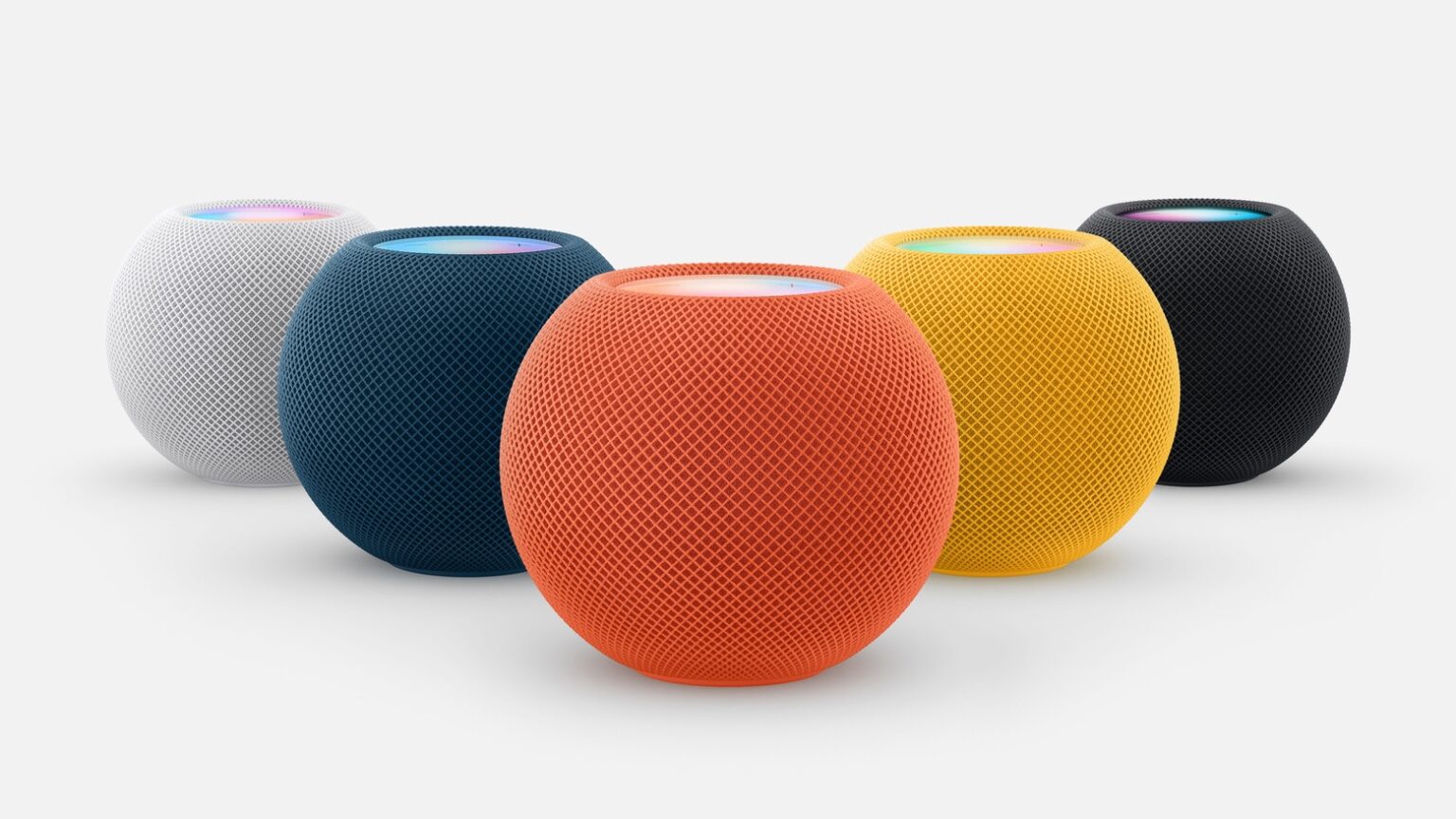
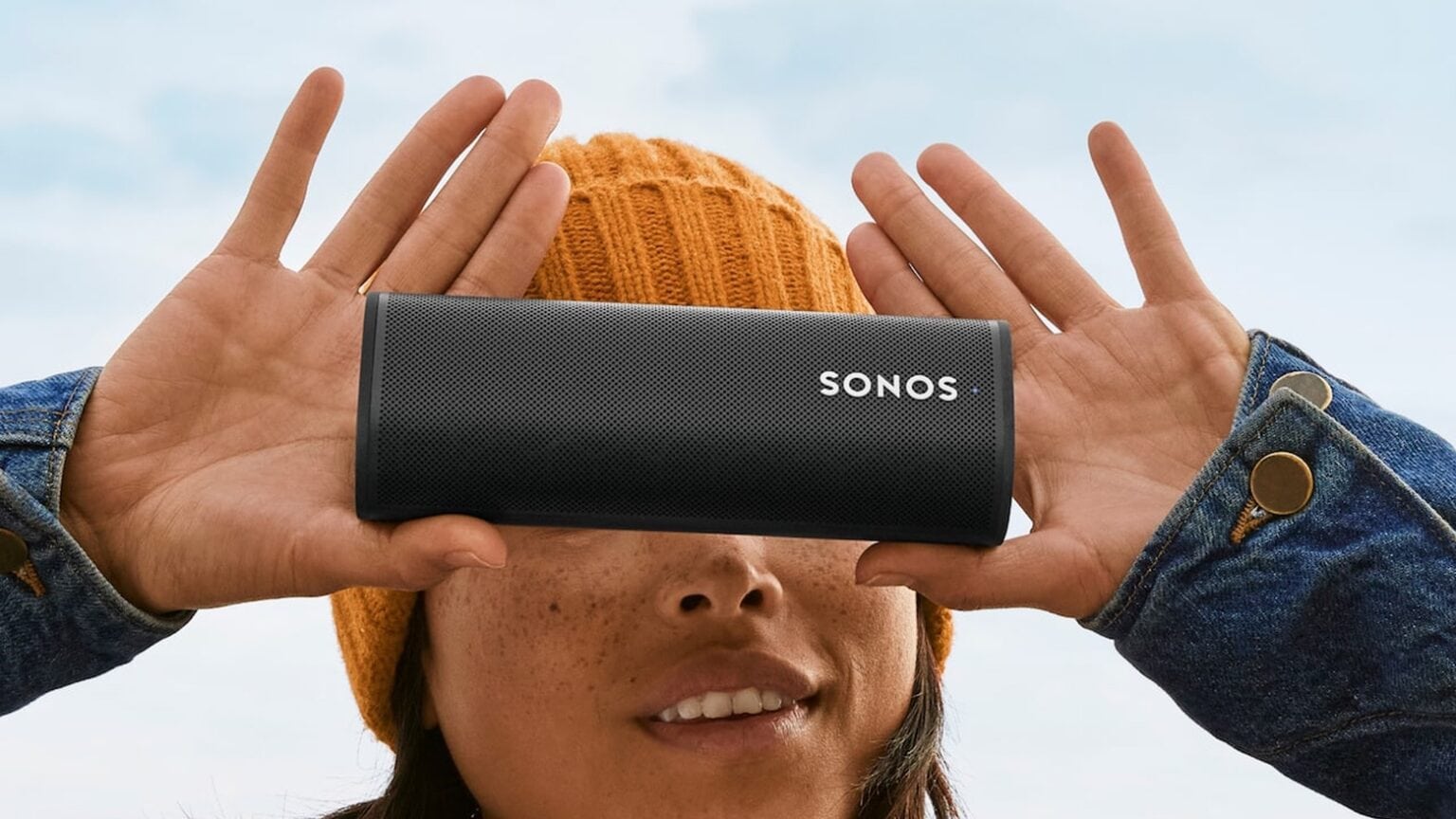
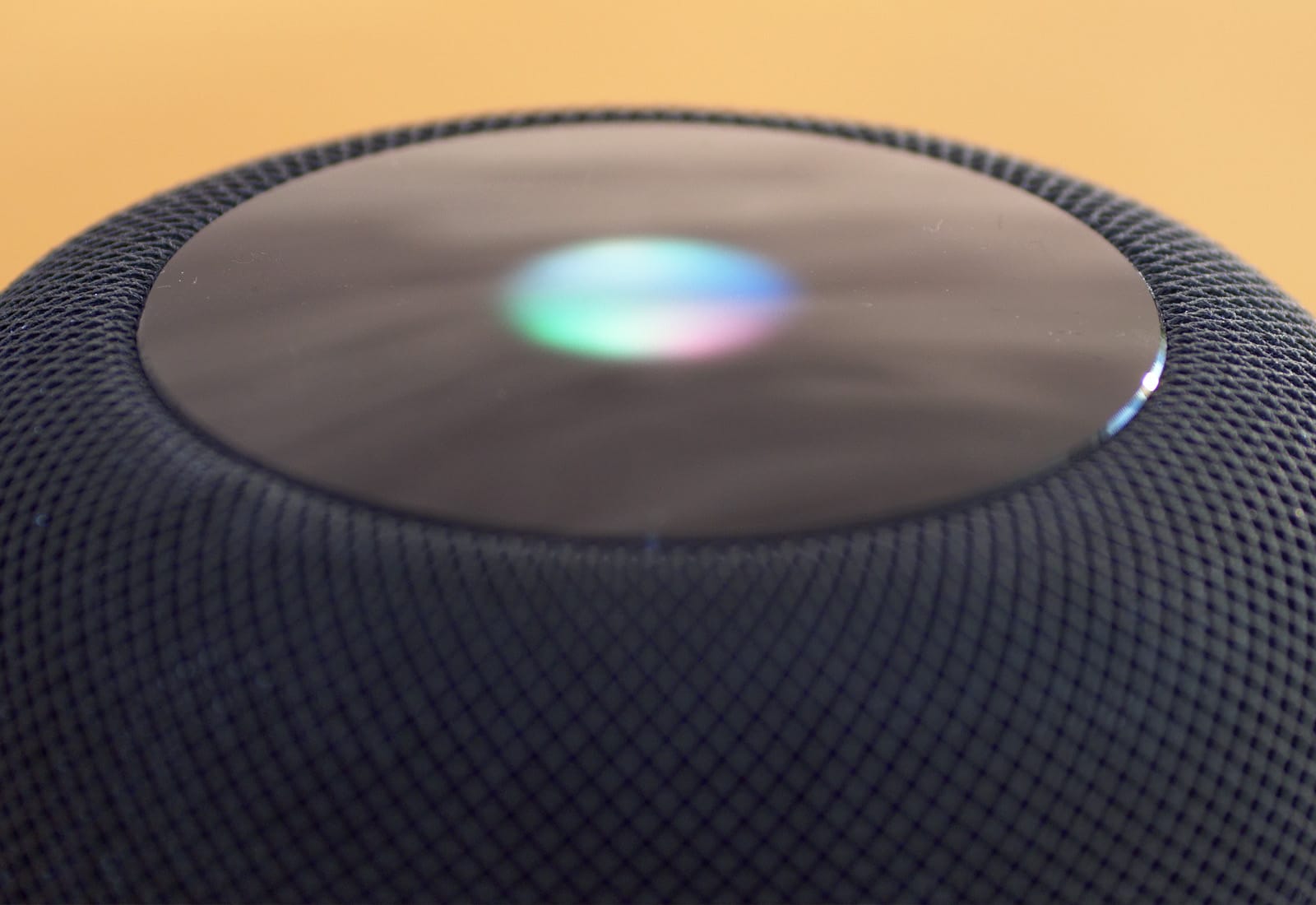
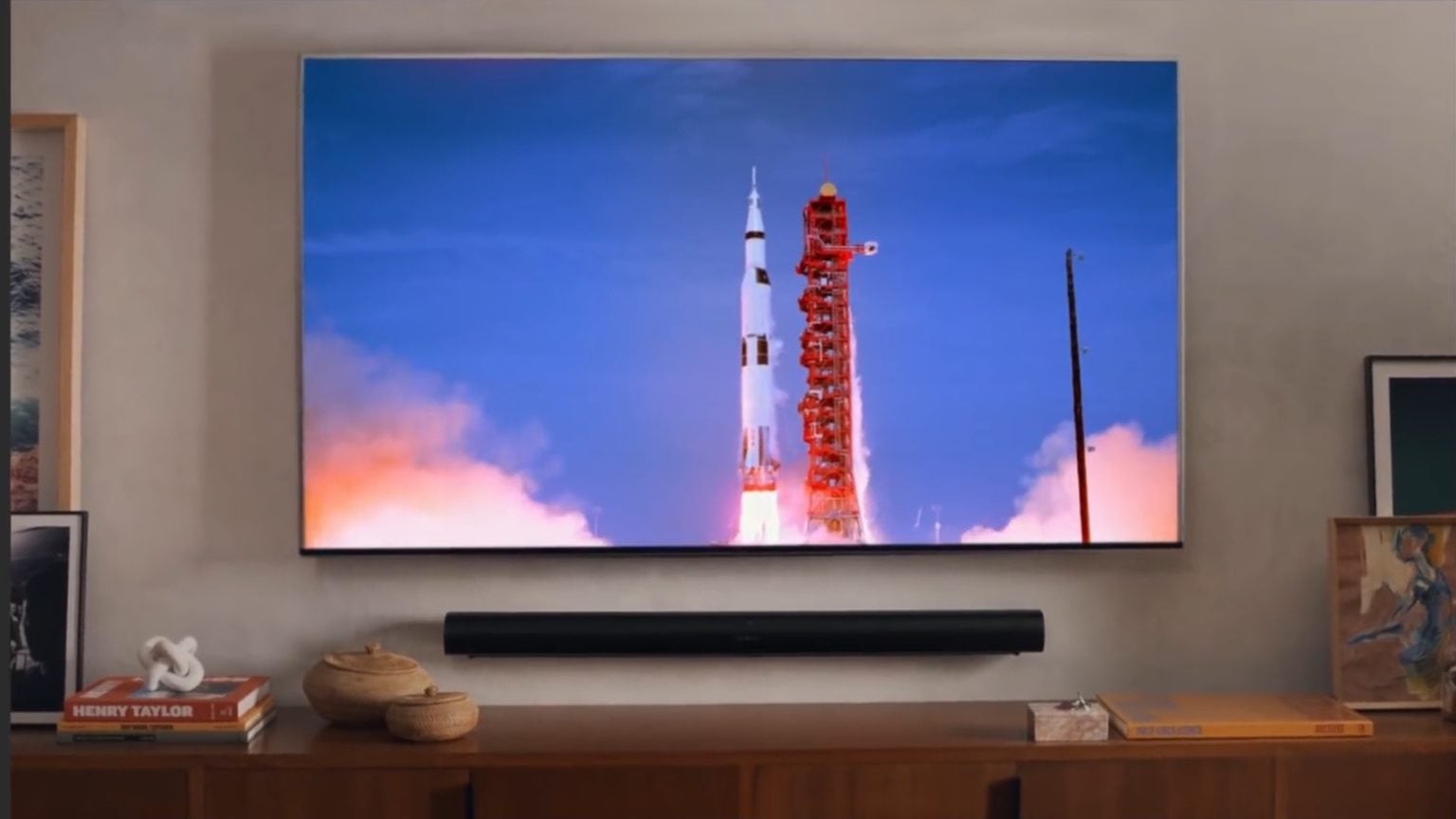
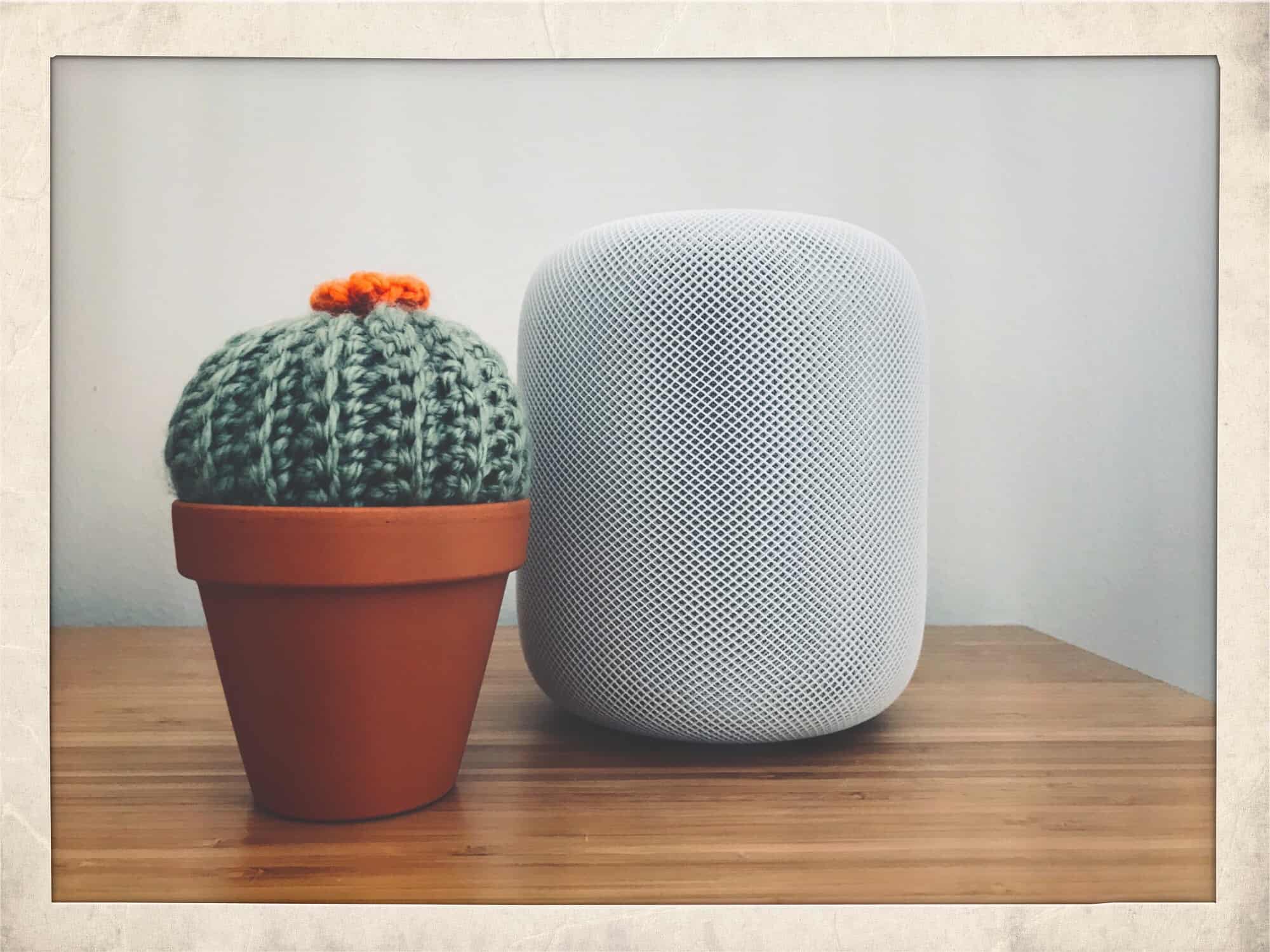

![These Vizio smart speakers are affordable Sonos alternatives [Deals] Vizio Main](https://www.cultofmac.com/wp-content/uploads/2019/11/Vizio-Main.jpg)
